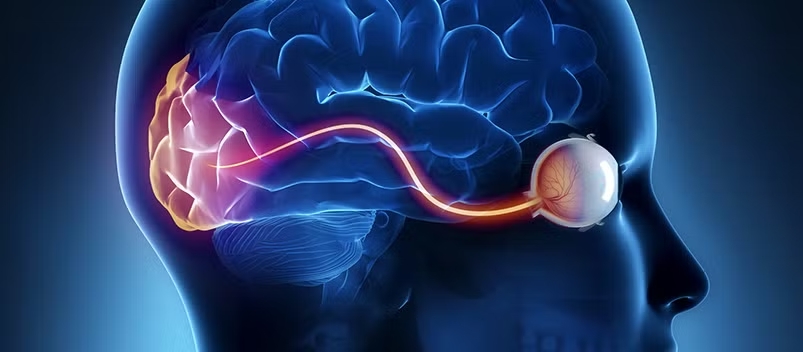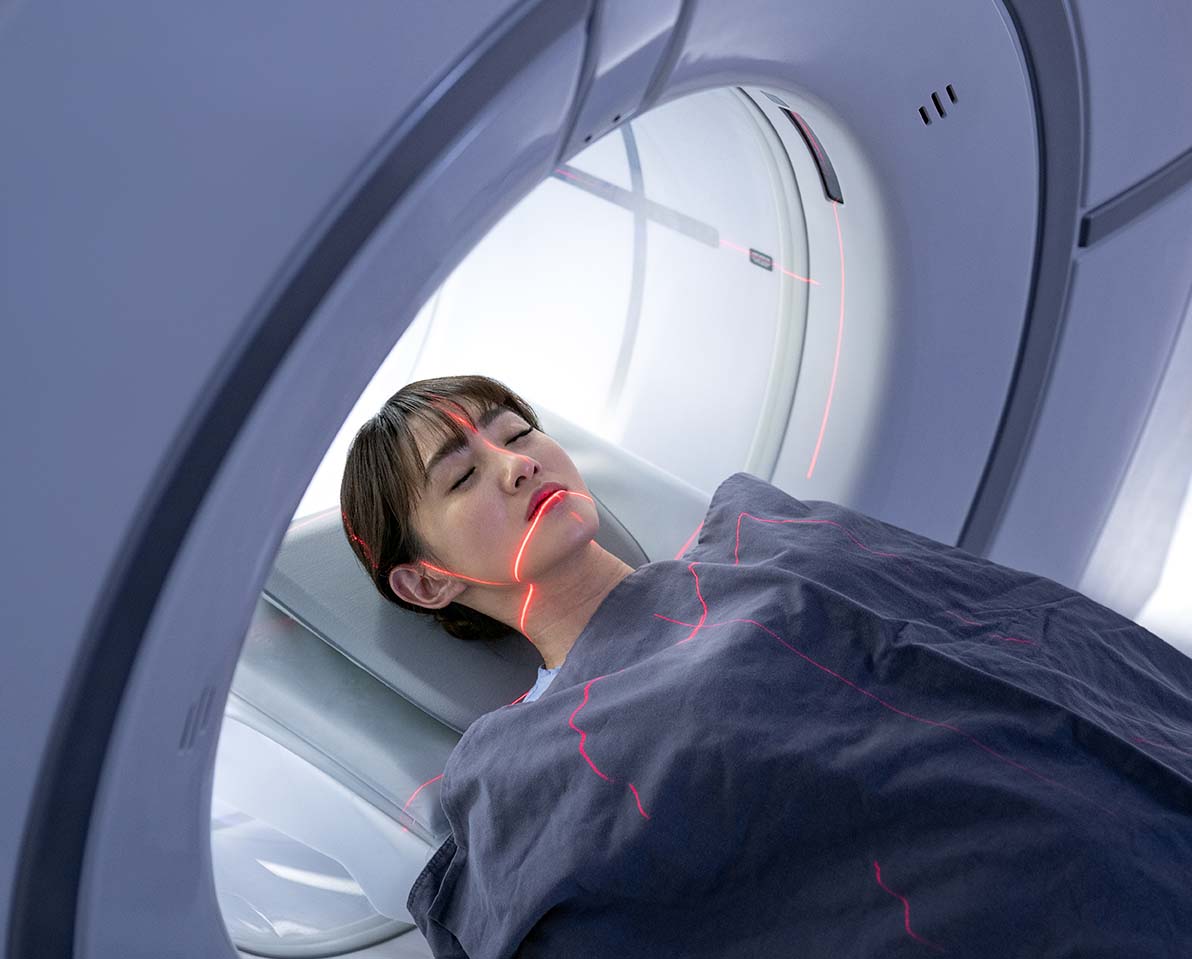Visual Evoked Potentials (VEPs) are performed for several reasons, primarily related to their diagnostic and clinical applications in assessing the visual system and specific neurological conditions. Here are some key reasons why VEPs are performed:
1. Diagnosis of Optic Nerve Disorders:VEPs are valuable in diagnosing and evaluating conditions that affect the optic nerve, such as optic neuritis, which is often associated with multiple sclerosis. Abnormal VEP responses can help confirm the presence of optic nerve damage.
2. Monitoring Multiple Sclerosis: VEPs are frequently used to monitor the progression of multiple sclerosis (MS). Changes in VEP responses over time can indicate the development or progression of demyelination in the visual pathway, which is a common feature of MS.
3. Assessing Visual Pathway Function: VEPs provide a quantitative assessment of the function of the visual pathway, from the eye to the visual cortex. This information is essential in evaluating the integrity of the visual system.
4. Glaucoma Evaluation: VEPs can be used in the assessment of glaucoma, a condition characterized by elevated intraocular pressure and optic nerve damage. They can help detect early signs of glaucomatous damage to the optic nerve before visual field loss occurs.
5. Visual Disorders Diagnosis: VEPs can assist in diagnosing various visual disorders, including congenital and acquired visual impairments, where the source of the problem may be related to the visual pathway or the brain’s processing of visual information.
6. Differentiating Between Organic and Functional Visual Loss: In cases of unexplained vision loss, VEPs can be used to help distinguish between organic (physiological or neurological) and functional (psychological) causes. Organic causes often result in abnormal VEP responses.
7. Evaluating Visual Rehabilitation: VEPs can be used to assess the effectiveness of visual rehabilitation strategies, such as interventions for amblyopia (lazy eye) or visual prosthetic devices.
8. Research and Scientific Studies: VEPs are also employed in scientific research to gain insights into the functioning of the visual system and the processing of visual information in the brain.
It’s important to note that VEPs are a valuable tool in the diagnostic process, but they are typically used in conjunction with other clinical assessments, medical history, and imaging studies to provide a comprehensive understanding of a patient’s condition. The specific reason for performing a VEP may vary depending on the patient’s symptoms and medical history.
It’s essential to consult with Dr. Amit Shah, a healthcare professional or Neurologist in Malad practicing at Dr. Amit Shah Neurology Clinic for a proper diagnosis and individualized care.




